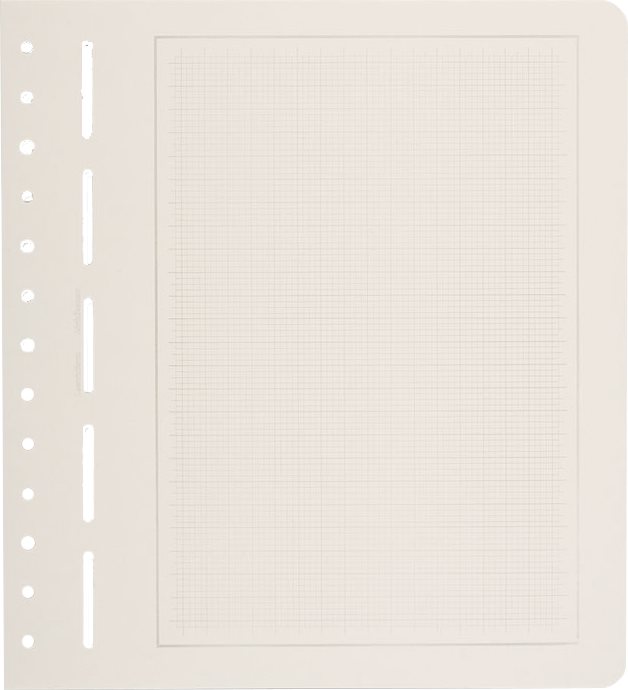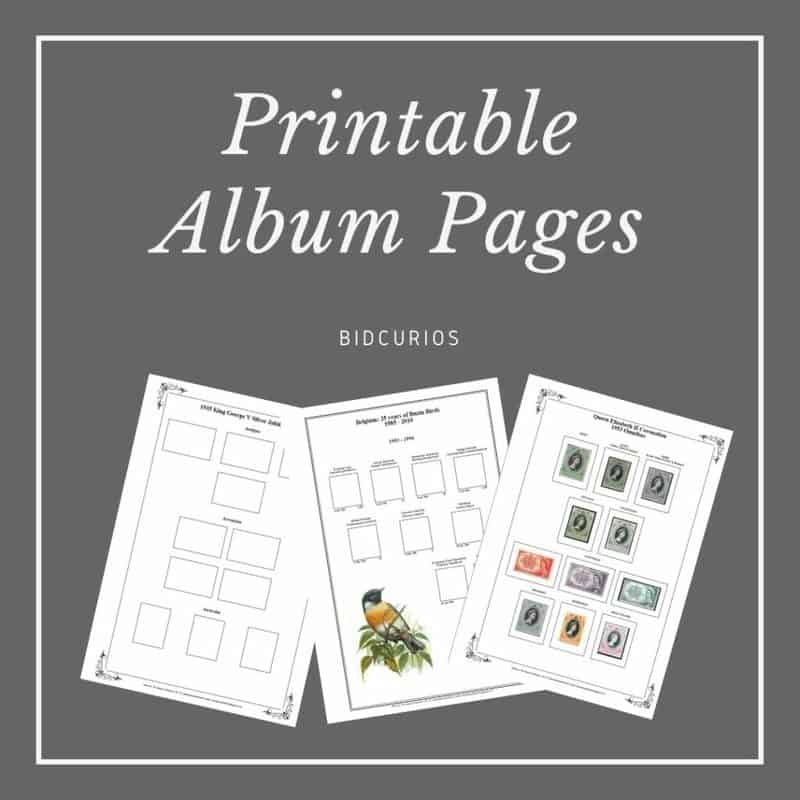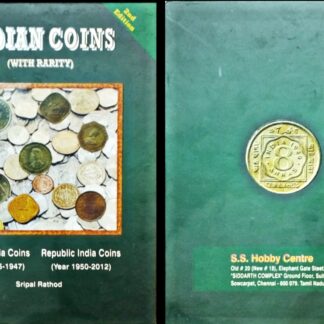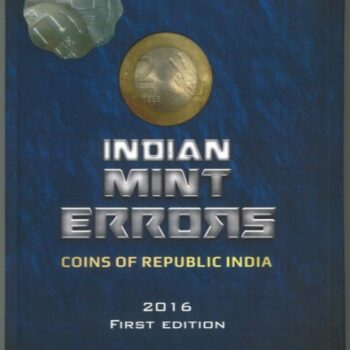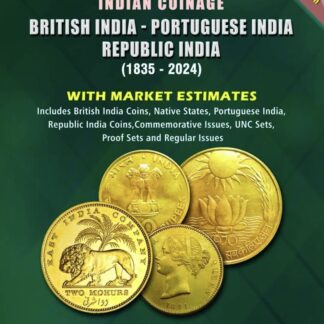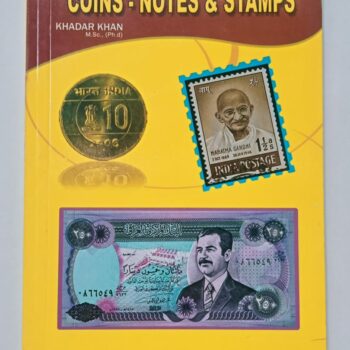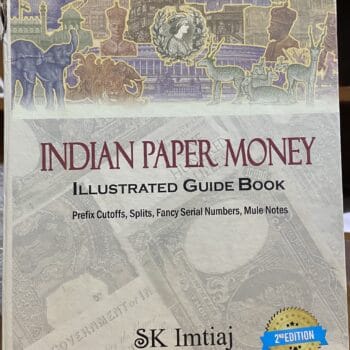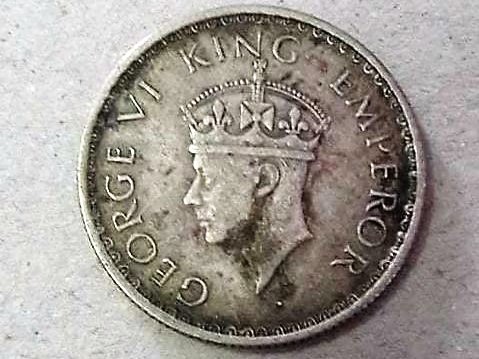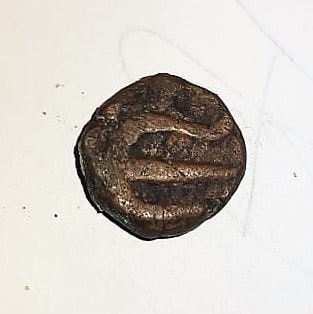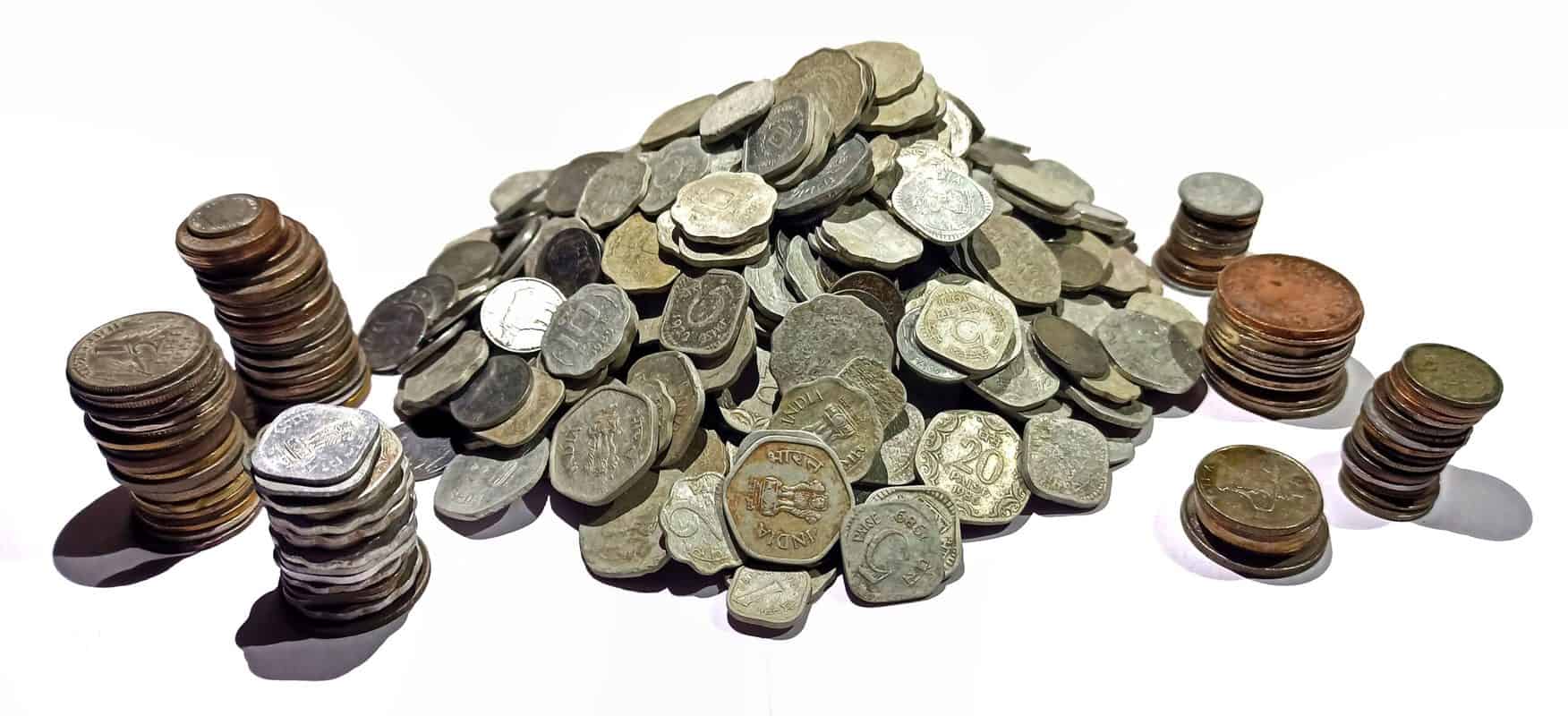
We get a lot of requests for selling old coins and notes. Many people write to us stating I want to sell my old Indian coins and notes and then proceed to send us pictures of their coins and notes. Our usual response is that we do not buy coins and notes directly but provide a platform to connect sellers and collectors. And then many people create a seller account with us. Some go on to list their coins and notes, which in many cases do not pass our quality checks to go live on our site.
To sell your old coins and notes, first it is important to understand why people collect coins, and what they look for when buying coins and notes.
Why Do People Collect Coins
Coin collecting hobby
Most people collect coins as a hobby. Coins are easily accessible, and many young collectors start by collecting different types of common coins in circulation at that time. While most coins in circulation look the same, you may come across varieties of coins that were issued to commemorate events in your country. Getting foreign coins from relatives and friends travelling abroad adds to the collection.
Collecting a piece of history
Many people collect coins because they enjoy history and old things. Coins provide us a window into the past, how people exchange goods, how were kings and queens of the time represented. Collecting old coins gives people a change to collect a piece of history.
Coin collecting as a Challenge
As coin collectors mature into their collection, the hobby presents a challenge to find missing pieces in their collection. It becomes a treasure hunt of sorts to get the right coin to complete their collection. The challenge of acquiring the rare coins drives collectors to search everywhere.
Coin collecting as an investment
And of course, finally some collect coins as an investment. And like anyone investing money, they expect returns for their investments. These people buy old and rare coins, typically of valuable metals like gold and silver.
How To Sell My Old Coins
To sell your coins, it is important to know what is special about your coin and presenting it properly to collectors. You should do some research about what your coin might be worth. Try to find out what is special about your coin.
When you are listing your coins for sale on BidCurios or any other channel, keep the following in mind:
- Post clear pictures of your coins and notes. You can now click decent pictures with a phone camera if clicked in good light. Click pictures in sunlight or any well-lit place.
- Avoid having cluttered background on your pictures. Click pictures of plain background. You could you a plain sheet or plain paper as background.
- Make sure your coin is in focus.
- Click both sides of the coin. For collectors seeing both sides of the coins is important.
- Write a good description. This is possible if you spend some time in identifying what is special about your coin. If you know why a collector should buy your specific coins, you are more likely to get a better price for your coins.
Hope this helps you sell your coins better. Drop your comments below to ask anything or share your inputs.


